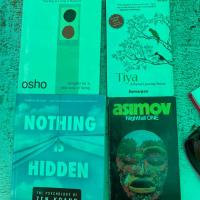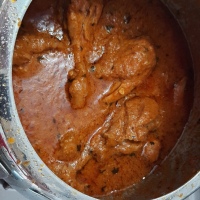Viratnagar is about 86 km from Jaipur on the Jaipur-Shahpura-Alwar route. You have to turn for Viratnagar at Shahpura on Jaipur Delhi Highway.
But why Viratnagar? Who goes to Viratnagar? You might ask.
A little time invested in visiting the sights this town has to offer will pay rich dividends, you will see.
Viratnagar has been a witness to a lot of history being made. According to the excavations done around this town people have been living here since the prehistoric times.
Accorading to the Mahabharat,King Virat founded the city Viratnagar, and the Pandavs spent thirteen years of ‘Agyatvas’(exile) here. This is the city which saw much wheeling & dealing to broker peace to avoid the great war of Mahabharat. Ancient travelers have mentioned their visits to the city. The river Banganga flows near by, a fair is held here every year.
Beejak Ki Pahari

This serene site is in the lap of the Aravali mountain range. On a ridge under a rock shaped like a Cannon there is an ancient Hanuman temple.

And there are remains of a Budhist Monastry & a Budhist Stupa shrine from the Mauryan times. This site was found in work done in 1935-36. This is a protected site of ASI.

In recent development work done here a cement shelter has been built at the foot of the hillock.
Ganesh Mandir and the Local Museum. The museum has some relics of great importance and antiquity from the Ashokan period.

A stepwell on the way to Panch Malla Mahal badly in need of restoration.
Panch Mala Mahal. Raja Man Singh had this imposing structure made. Emperor Akbar used to stay here on his way to the Ajmer shrine.
I think he has seen a lot of tourists pass by this palace.
The paintings on the domes of the chatries of the palace.
Shri Shri 1008 Digambar Jain Nasiyan.
Shri Shri 1008 Digambar Jain Nasiyan, Mughal Gate,Viratnagar
Maybe the ghost who walks was here! This is his mark.

































![Reblog this post [with Zemanta]](https://i0.wp.com/img.zemanta.com/reblog_b.png)






























Ravindra Manch And Jawahar Kala Kendra
Ravindra Manch, Jaipur located in the Ram Niwas Garden was one of the 17 cultural centers envisaged by Pandit Jawahar Lal Nehru in 1961.It was opened to public on 15th August 1963 by the then cultural minister Mr.H.Kabir. It has been newly refurbished by an expenditure of 90 lac rupees.It has all the facilities needed in a theater including an open air theater and ample parking and an art gallery.
On 8th November 2008 a three day cultural festival was organized honoring the Nobel lauret Guru Rabindra Nath Tagore.It is proposed to hold this festival every year.
Jawahar Kala Kendra on JLN marg, designed by Charles Correa, was opened for public by the then President of India, Dr.Shankar Dayal Sharma, on 8th April 1993.It is located on a parcel of land having an area of 9.5 acers and the building is surrounded by lush green landscaped garden.On one side it has a Shilp Gram made in a replica of a cluster of village huts.When you look at the number of facilities it provides to the aspiring artists, artists and local residents alike it is not hard to understand why it is thronged by them everyday.It has an open air theater, art galleries, library,print making shop,audio visual department and an outlet of India Coffee House.Besides this there are cultural programs, exhibitions,plays etc held all the year round.
Share this:
1 Comment
Posted in Accomodation, Around Jaipur, Blogroll, Books, City Life, Coffee Bars, Comments, culture, Details, Gardens, GuestHouse, india, Jaipur, Jaipuri, Library, Museums, rajasthan, rajasthani, Travel, Uncategorized
Tagged 1933, 1961, 1963, जयपुर, Charles Correa, Jaipur, Jawahar Kala Kendra, JKK, JLN marg, Pandit Jawahar Lal Nehru, Ram Niwas Garden, Ravindra Manch Theatre, teater, teatro